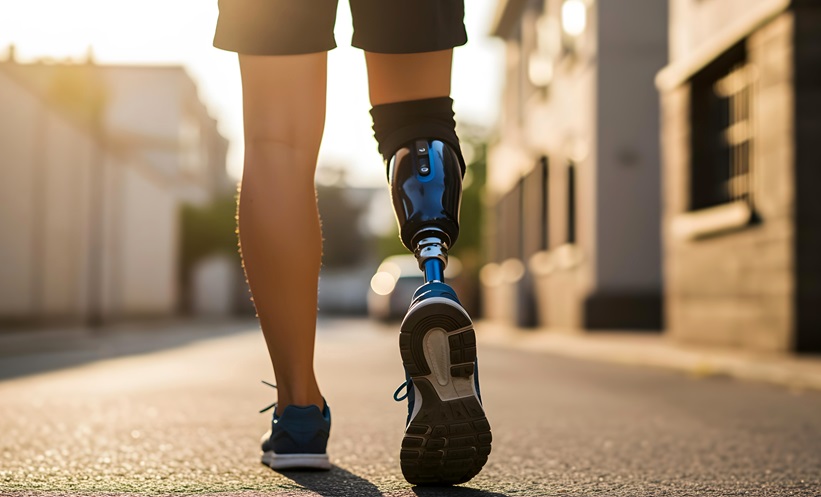DERMATOLOGISTS have developed an artificial intelligence (AI) tool allowing patients with atopic dermatitis (AD) to detect complications from bacterial and viral infections, as well as to distinguish skin lesions caused by a mycosis fungoides and eczema. This chronic condition, which often begins in childhood, affects approximately 12% of people, and leads to a suppressed skin immune barrier. This reduces protection against microbial pathogens, leading to complications from bacterial and viral infections, such as herpes simplex, Kaposi varicelliform eruption, and impetigo.
It can be challenging to determine whether complications of AD are arising, as the appearance of the symptoms is so similar to AD itself. Furthermore, other conditions such as mycosis fungoides, a type of blood cancer, can lead to similar symptoms, and can co-exist with AD. Due to this similarity, it may take patients a long time to seek treatment. Mycosis fungoides or infections can also be worsened by treatments for AD. It is therefore crucial to diagnose complications or malignant disease in order to provide appropriate treatment and improve outcomes.
Co-author Yuta Yanagisawa, Tohoku University School of Medicine, Sendai, Japan, stated: “A dermatologist would of course be able to spot the difference, but it is incredibly impractical for an AD patient to visit a dermatologist every day. If only there were some handy, low-cost mechanism that replicated that dermatologist’s knowledge and could be used during a patient’s daily regimen of checking their skin.”
Yanagisawa and colleagues trained a convolutional neural network model with non-standard images of impetigo, herpes simplex, mycosis fungoides, Kaposi varicelliform eruption, and AD. The AI’s diagnosis accuracy was then compared to a set of non-standard images that were manually cropped and diagnostically annotated by dermatologists. The team noted that diagnostic accuracy of the system was almost equal to the manually assessed image set.
The team is now in the process of developing a smartphone app to translate the system, and working to improve the app’s usability. This would allow patients to manage their condition using their phone’s camera. They hope this technology will help patients manage their condition more efficiently and effectively, and improve their health outcomes.








